[ad_1]
If there is any respite to be located from the tricky times that appear to be to surround us, it is in art. Artwork that is shifting and attractive, intriguing and awe-inspiring, and reflects life in the most earnest way. I come across this to be legitimate in the do the job of Daphne Boyer, a visual artist and plant scientist of Pink River Métis descent.
Applying high resolution images of different berries and plant materials (or porcupine quills) as electronic beads—what she calls the “Berries to Beads” technique—Boyer produces lively works that pay back homage to regular handwork, rejoice her Indigenous heritage, and honour the lives of her kin. The electronic nature of her perform allows her to, in her text, “scale up, scale down, play with it, and make huge stories about small original works.”
With ancestors who have been founding customers of the very first Métis country in Purple River (located in Manitoba), Boyer is poised to tell the stories of her heritage. Boyer’s mother, an archivist and storyteller of Métis ancestry, retained significant documents and stood up to her Catholic French spouse and children who have been in denial of their Métis ancestry. Describing her mother as a potent woman and excellent spirit who was way in advance of her periods, Boyer adds that she “opened the door for [her] generation to declare this portion of our ancestry, which was really stunning.”
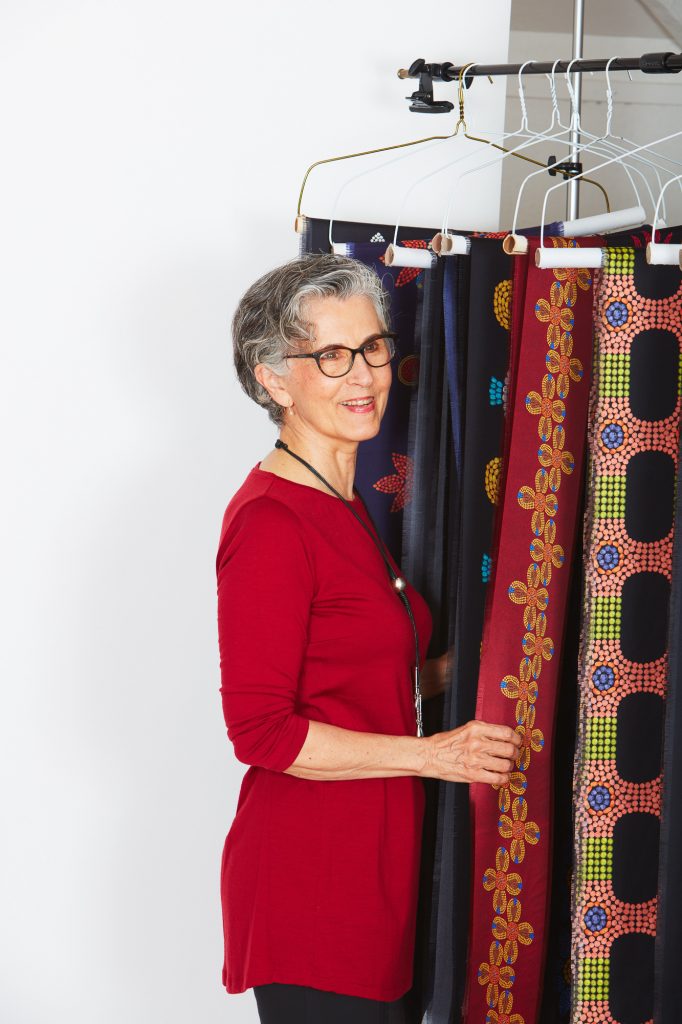
Expanding up, Boyer picked berries and sold them to community health professionals to fork out for Lady Tutorial camp, and regarded that she needed to be an artist. She enrolled in textile layout in an art school but uncovered that the substances manufactured her very ill. “As a rather sad second choice, my husband and I ended up restoring a massive backyard that was at first planted by [Evelyn Lambart,] the 1st woman movie animator at the National Movie Board,” Boyer shares. They expended 11 decades restoring that backyard garden, and in that atmosphere Boyer located herself confused with a need to have to categorical herself. Her partner developed a studio for Boyer to experiment with various products, to figure out what she could perform with. In a ski-doo fit and boots, with the home windows open up broad to wintry air, she decided she could operate with acrylic paint, plant materials, and a digital camera, which now type the basis of her artwork.
With no formal coaching, self-question crept in but was right away extinguished by her supportive partner and quite a few prosperous grant purposes. Because 2017, Boyer has taken on her art comprehensive time, functioning with a workforce composed of Barry Muise, Lina Samoukova, and Etienne Capacchione. With each other they made Boyer’s signature “Berries to Beads” method, but it was not devoid of some trial and mistake. Experimenting with how to use actual berries as physical beads did not pan out so well. “That full summertime, doing the job challenging, [we] ended up with a mound of jam and huge disappointment,” suggests Boyer. “And I just, I was devastated. I’d put in my grant money and then arrived this flash… Perfectly, I can do this photographically.”
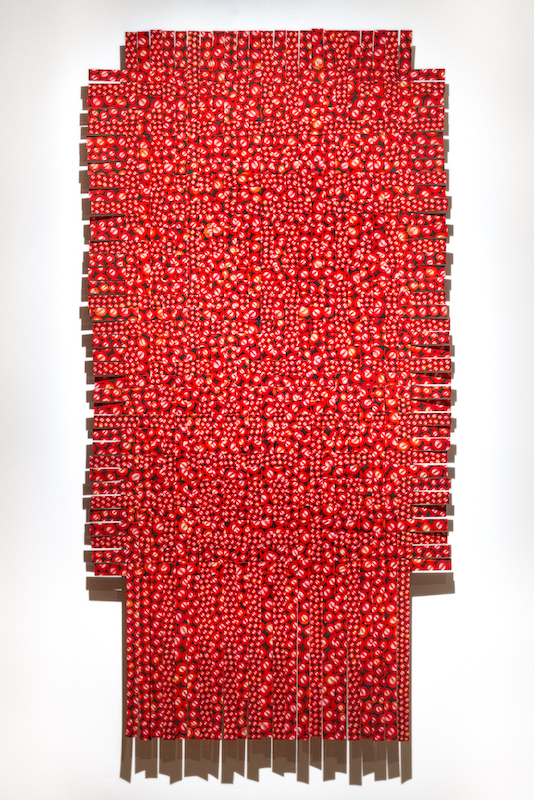
In Victorian moments, when there was cause to regenerate shed things in art, Métis girls turned master beaders of floral designs, which Métis males wore when they travelled and shipped products. Boyer suggests “they would journey in between Indigenous communities, from a single to the other,” them and their canine in elaborately beaded clothes. “It was like you could listen to them coming from miles away with these canines and the jingles and the colour and the snow, when they would get there into the fort in a breathtaking present.” What have been just scatterings of seeds encouraged blooming beadwork, which spread throughout the state as cultural emblems.
Seeking to study a lot more about how her relatives match into the background of Métis men and women in the Pink River district, Boyer satisfied Dr. Maureen Matthews, Curator of Ethnology at the Manitoba Museum, who showed her a amount of artifacts—one remaining “Moss Bag H4-2-13,” developed by an mysterious Métis-Dene artist. This artifact was a little one provider that was adorned with a spectacular array of floral beadwork, with the Métis infinity indication embedded in a rose on the appropriate of the design. Boyer was so taken by this artifact that she recreated an 8-ft-extended model using her “Berries to Beads” procedure.

“It is believed that these ladies experienced adopted the techniques, these floral patterns, but they also embedded in people floral patterns bits of their individual spiritual beliefs, and also the resistance to colonization,” claims Boyer. “And it is imagined that this kind of thorny stem reflects in a incredibly delicate way, a rejection of colonization and that the rosebuds really replicate the opportunity to bloom, that items are unfolding.”
When you appear at her get the job done, vibrance leaps off of it—the result of Boyer’s grit and passionate obsession with depth. The digital berries surface as though you could reach your hand as a result of the frame and seize a handful. Realism is a purely natural effect of images, but it is the arrangement that weaves that means into the remaining perform. “I see every concluded work as uncooked content for the future generation of function,” states Boyer. “And in that way, I’m embedding, like DNA, I’m embedding the generationality of the tales I’m telling into the is effective.”
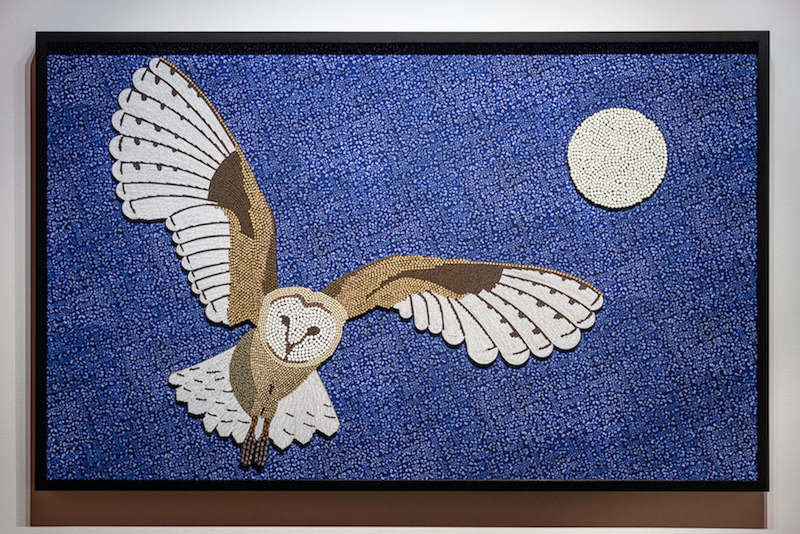
Hemoglobin is a woven tapestry of cranberry images (or tiles), printed at unique scales and stitched with each other. “It moves like it’s respiration,” Boyer claims, as it embodies the final breath of her mom Anita, who was a lifelong yoga practitioner and died in shavasana, the corpse pose.
Working with berry tiles that allude to Hemoglobin, Barn Owl and Moon celebrates Anita’s lifestyle-very long enchantment with owls, harbingers of guests. An owl glides in a sky of midnight blue berries—a distinct contrast to the lively pink hue of Hemoglobin. It indicates that Anita’s spirit now resides in the other planet, from which she sends owls to inform her family members when she’ll be visiting. “We frequently listen to [the owls],” Boyer claims. “We say, there is Mum, [and] we’ll go to the window and pay attention.”
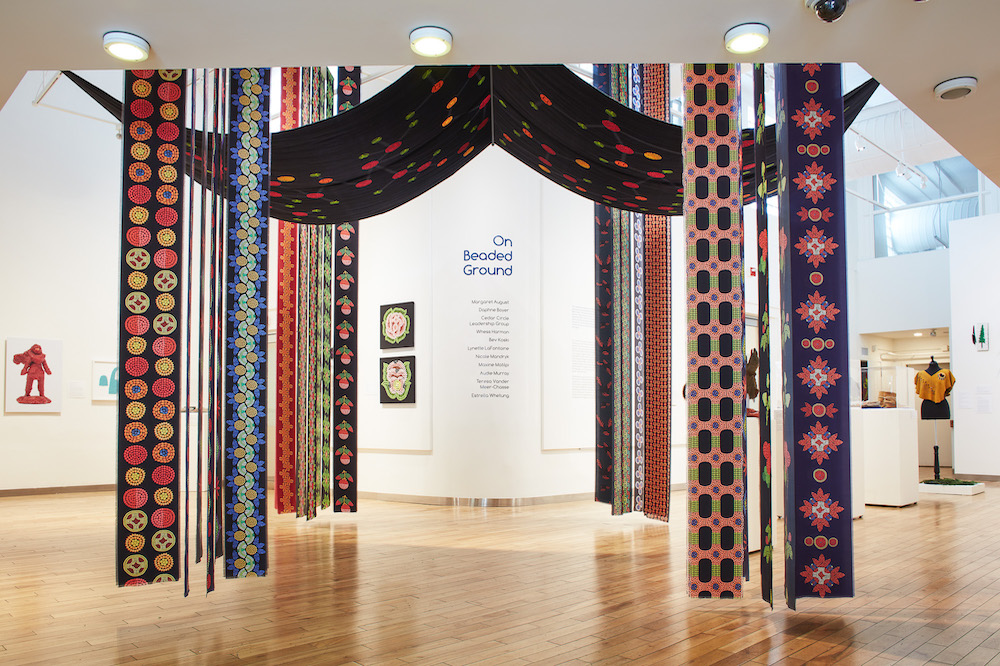
The remarkable Birthing Tent includes a significant velvet canopy, printed with a constellation of the oxytocin molecule, and from it wide silk ribbons of different styles rain down. The ribbons stand for the babies that Boyer’s terrific-grandmother Éléonore, an itinerant midwife, assisted delivery. The cover, hung “like a bosom,” and ribbons pull visitors into a motherly embrace, and the oxytocin molecule formalizes our bond with other people. “My grandmother Clémence and also Éléonore, they weren’t cuddly women of all ages. They were being sturdy, intense ladies,” Boyer shares. “And by the time I came alongside, my grandmother experienced lifted more than 25 little ones. And she was not fascinated in me. So this is a bit of a fantasy about being held.”
It is been generally approved that time heals all wounds, but art has a therapeutic ability a lot more strong than that felt by the gradual drag of the sunshine throughout the earth. Previous year in On Beaded Ground, a team clearly show at the University of Victoria’s Legacy Artwork Gallery, Boyer was stunned by the outcome of her operate. “People came into the show, and they cried,” she claims. “They said, this work is so healing.” Group engagement is an integral section of all Boyer’s reveals, as is working with other Indigenous artists and communities.
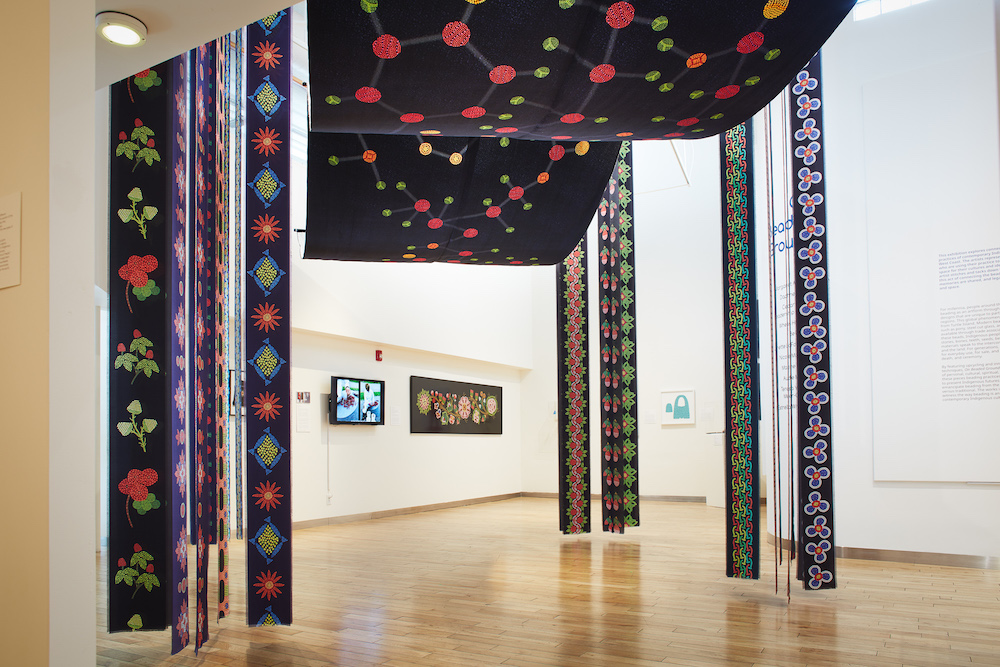
When requested what is subsequent for her, Boyer claims, “Somebody interviewed me a short while ago and explained, ‘Well, when are you going to flip this strategy over to the next era?’ I imagined: Which is an assumption, that’s an ageist assumption. I bought a ton of miles left in me, and I’m heading to burn off it up!”
Boyer’s perform is currently on exhibition at Fort Calgary right up until June 26, 2022, and will journey following to Montréal, arts interculturels (August to October 2022) and Remai Present day in Saskatoon (September 2022 to January 2023).
Study far more about Daphne Boyer on her internet site and Instagram.
*
Featured Impression: Rose (2019) by Daphne Boyer, image taken by Lina Samoukova.
All photos courtesy of Daphne Boyer.
[ad_2]
Resource website link







